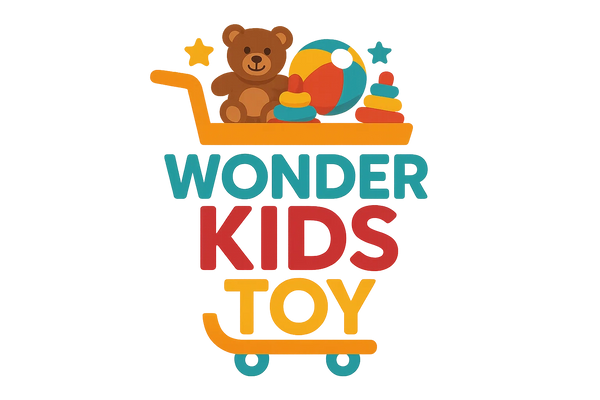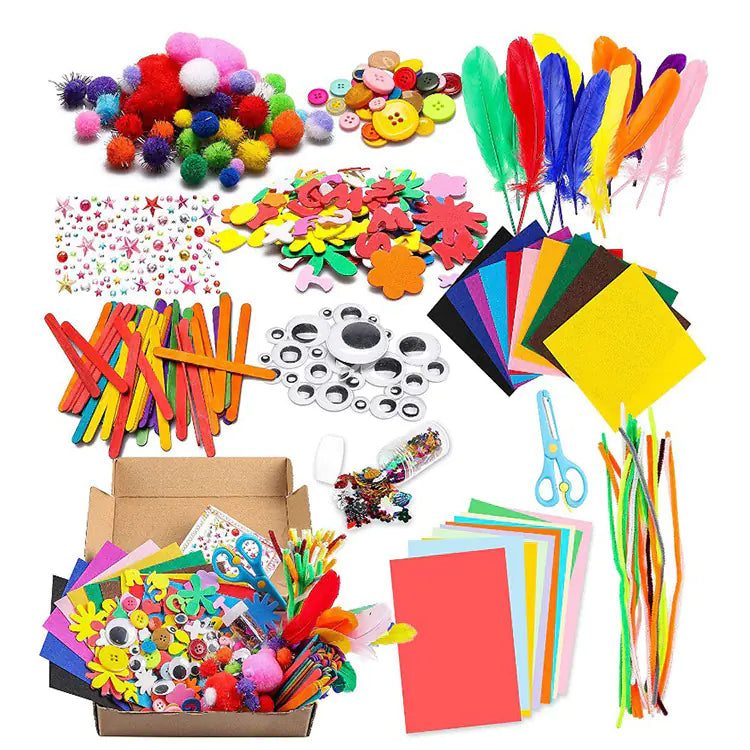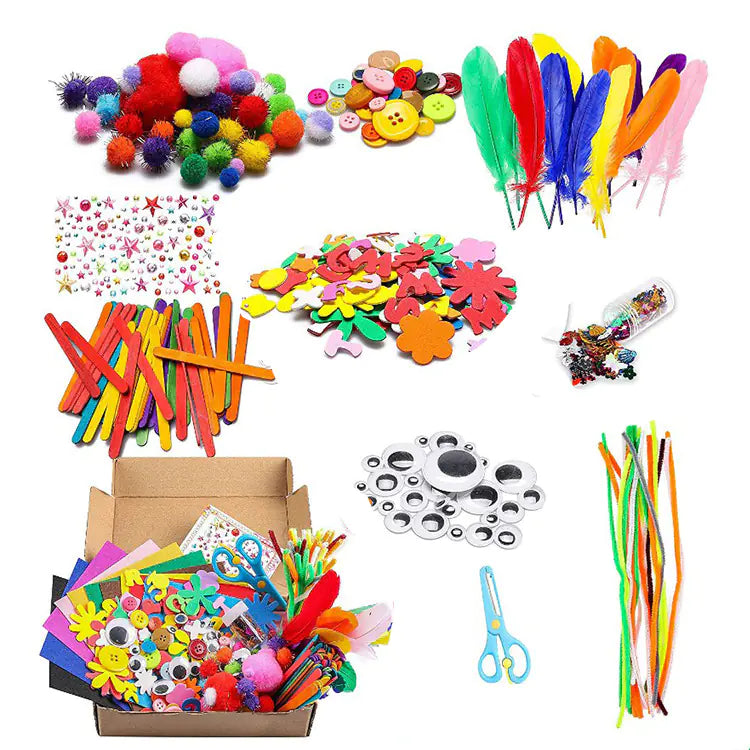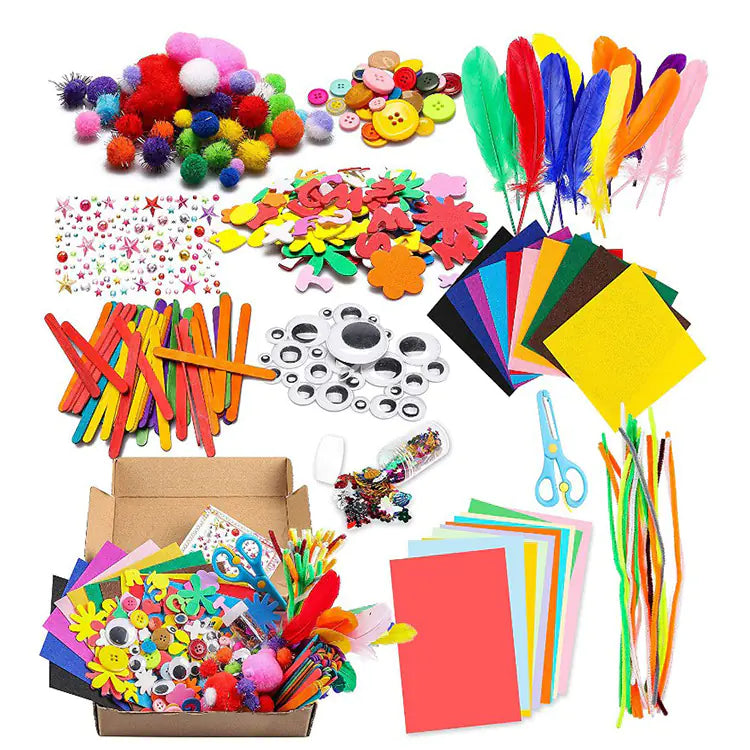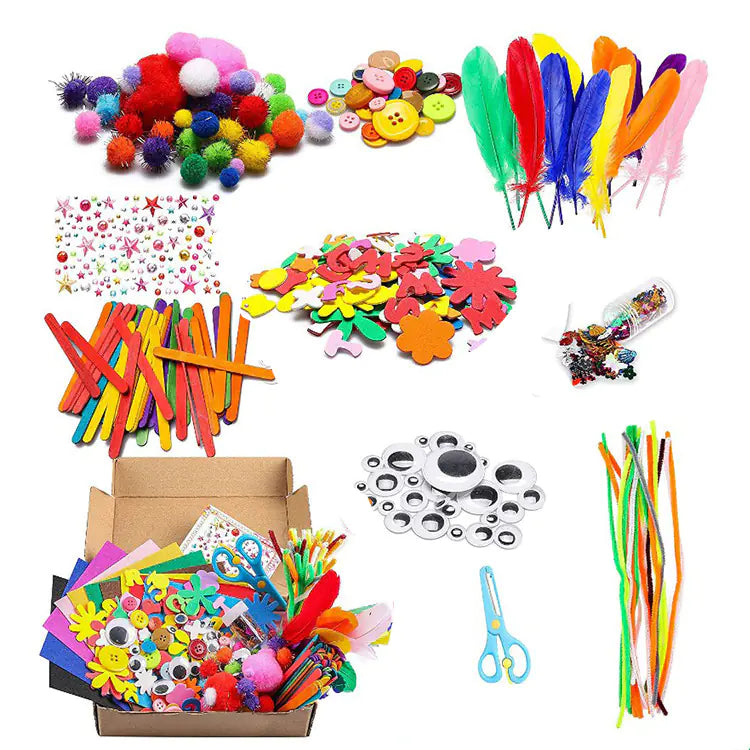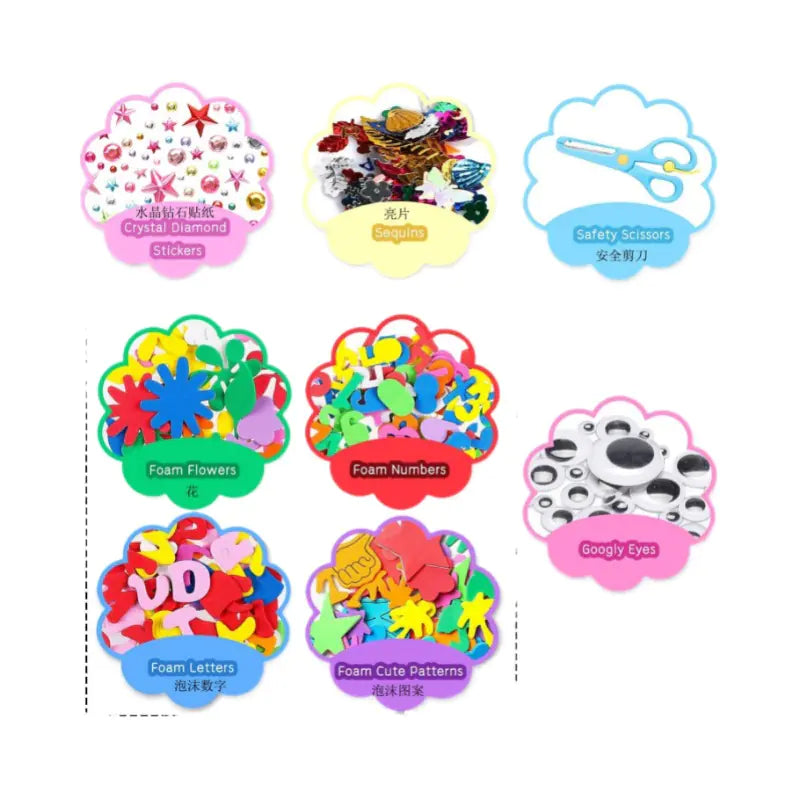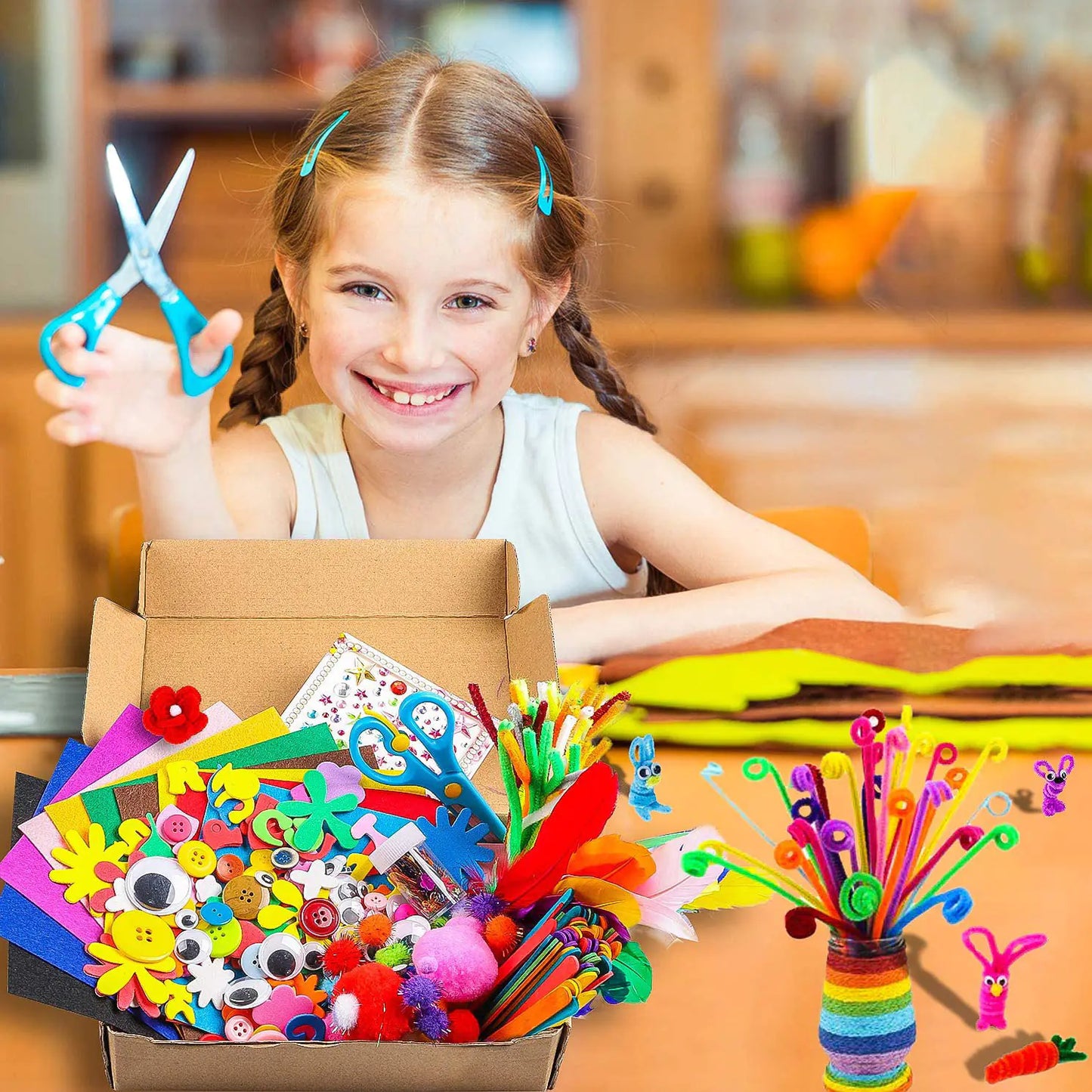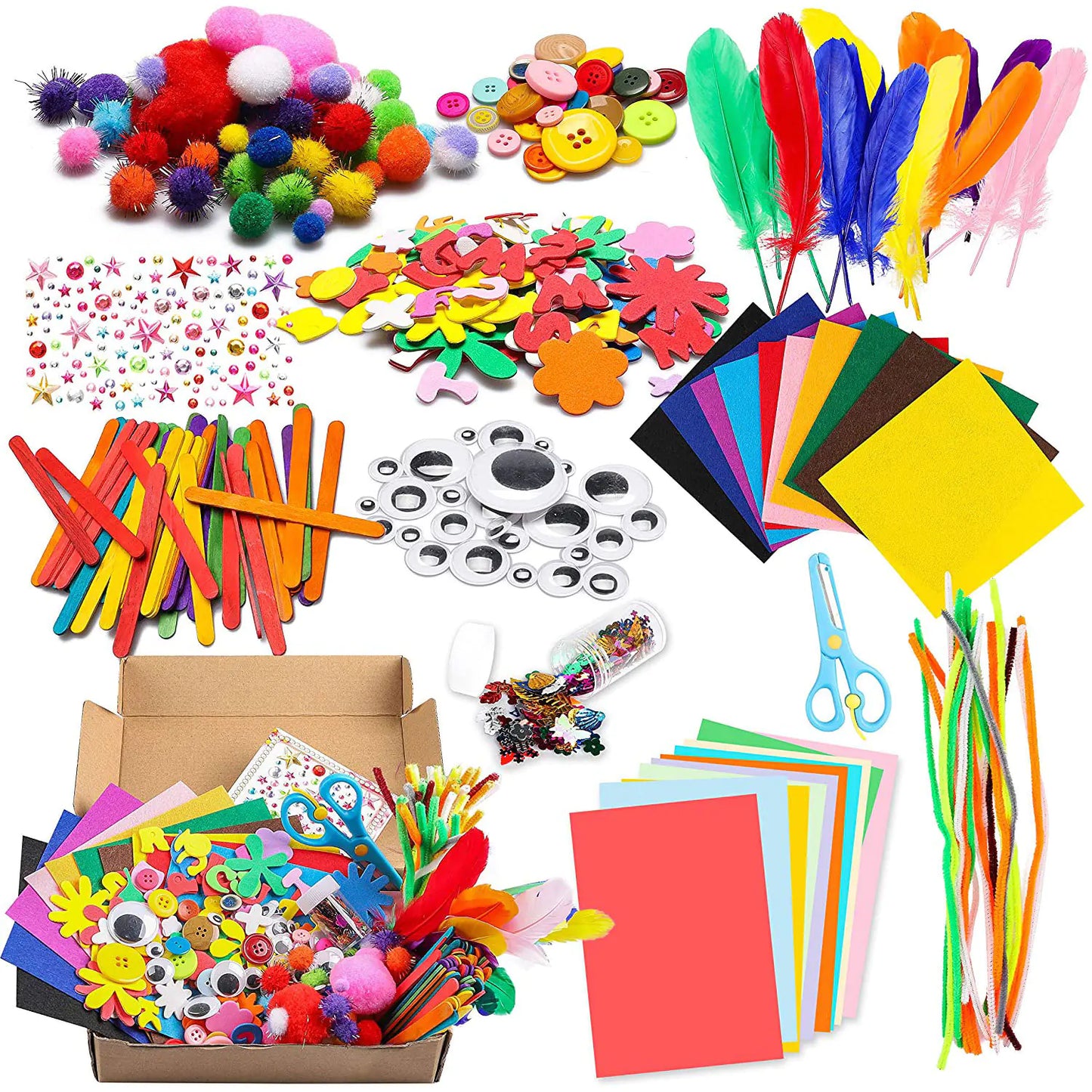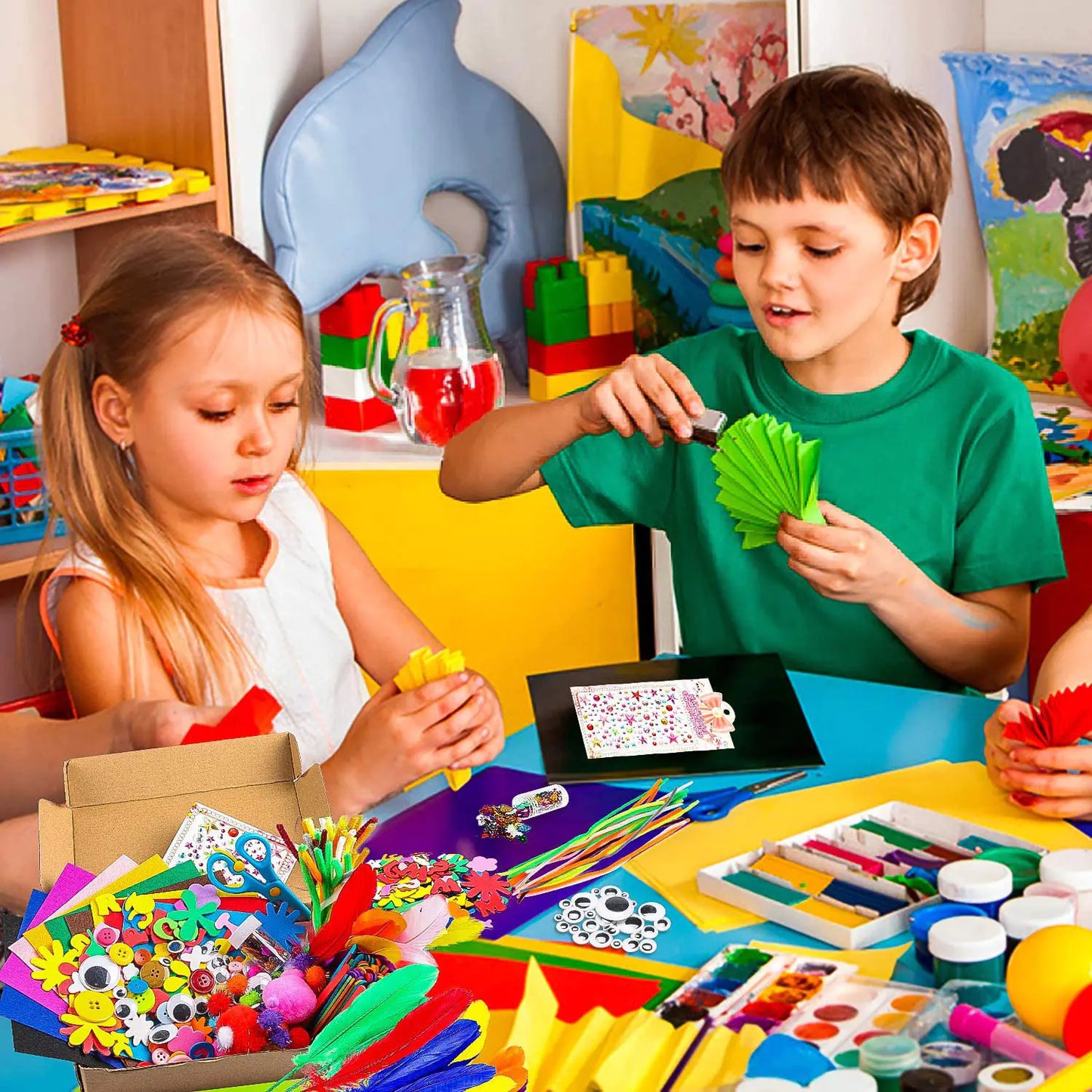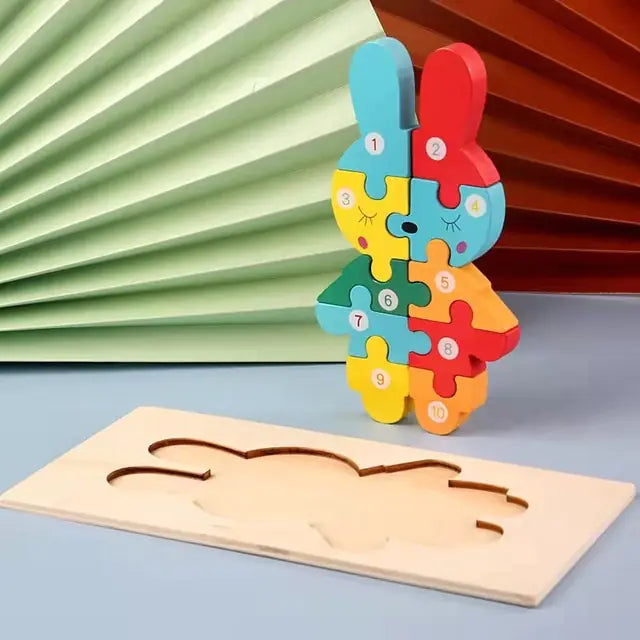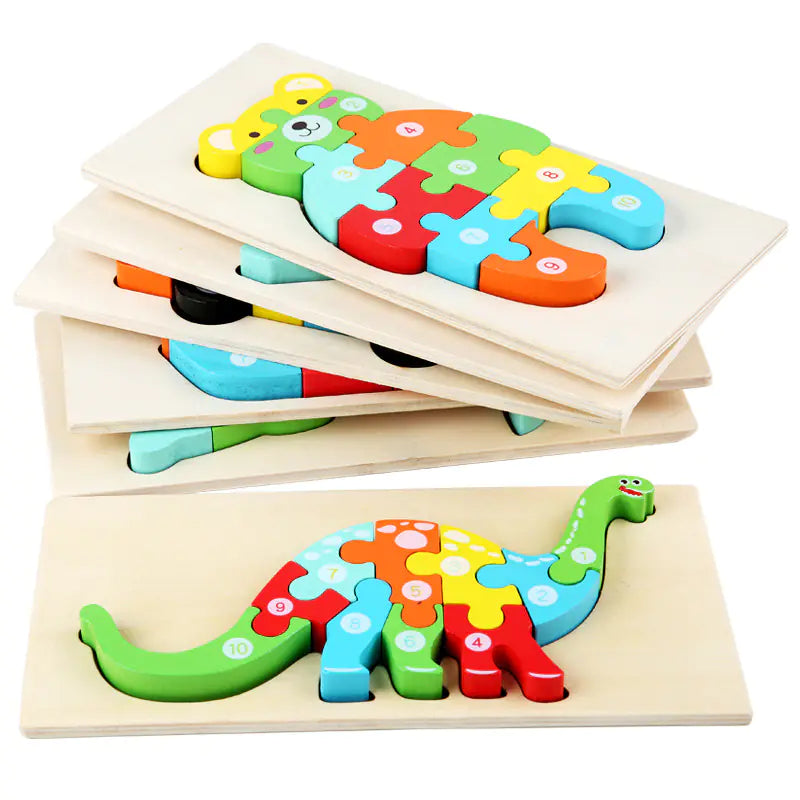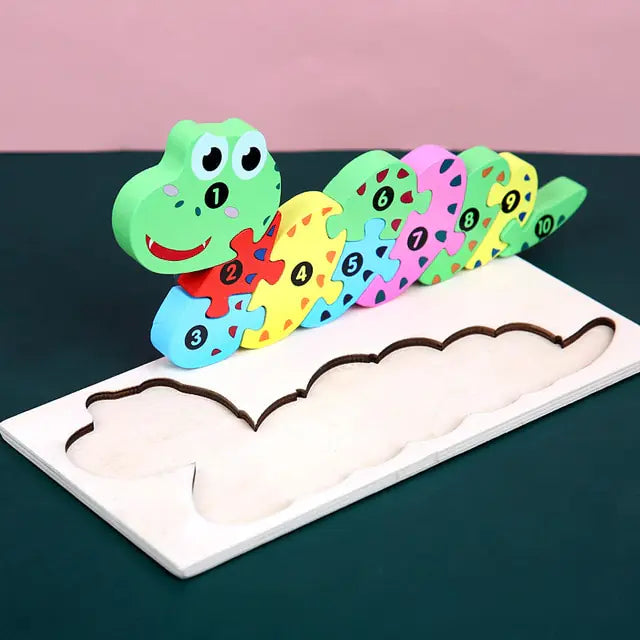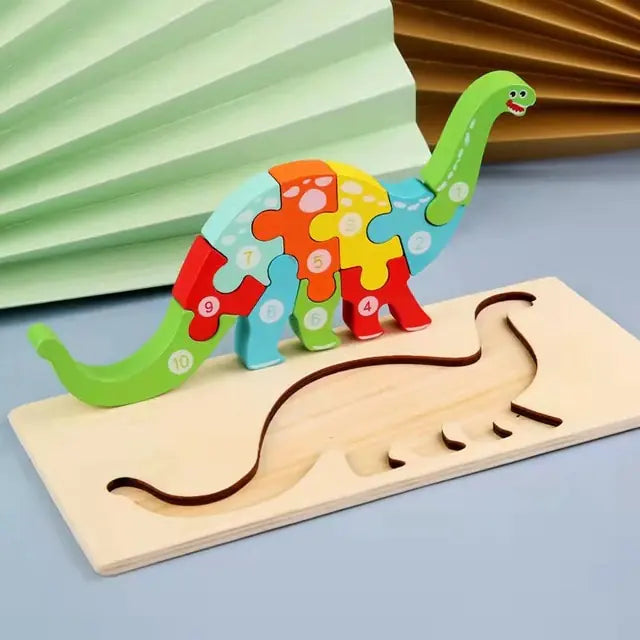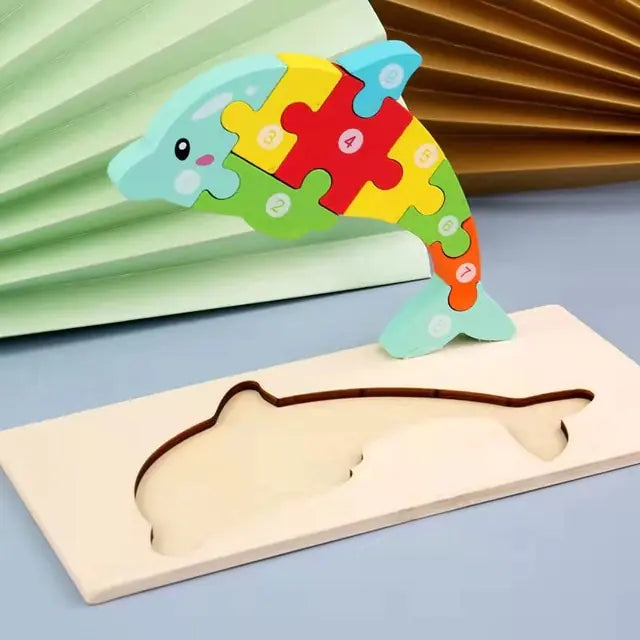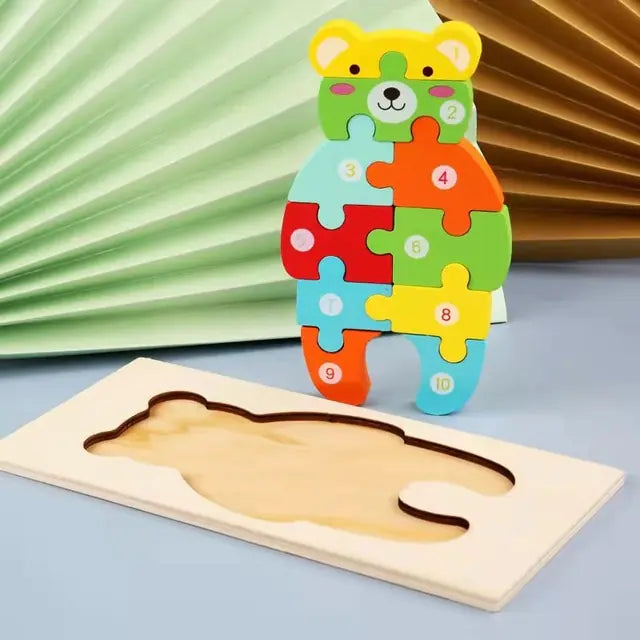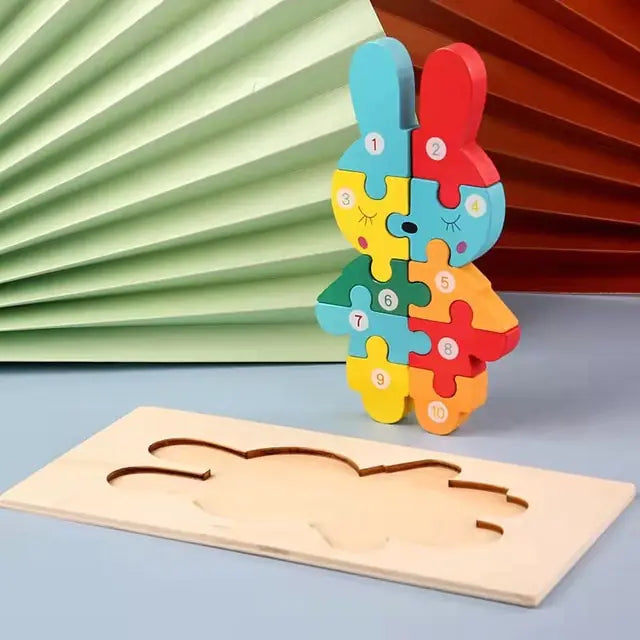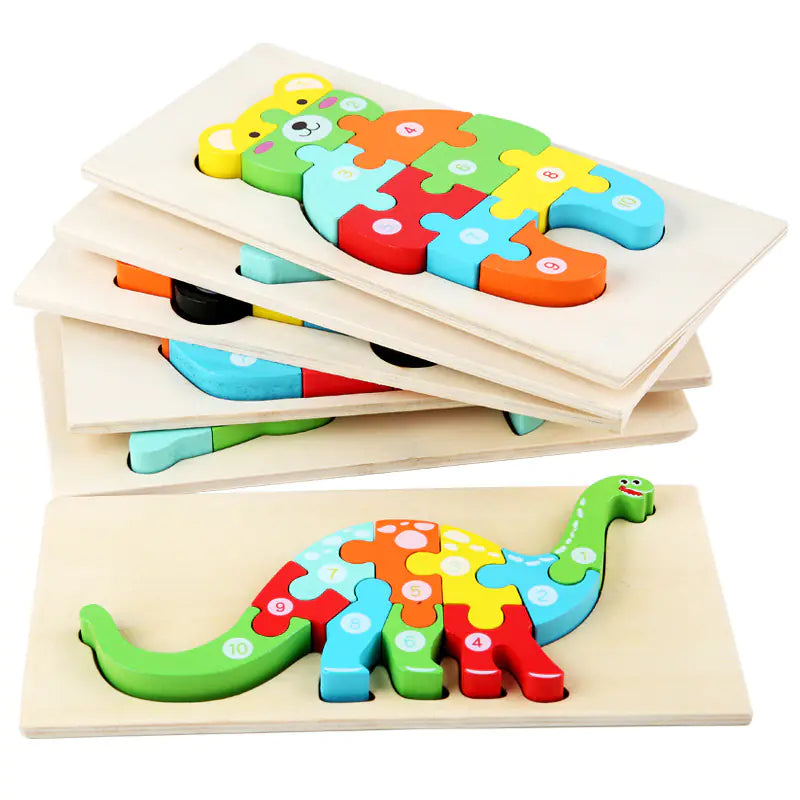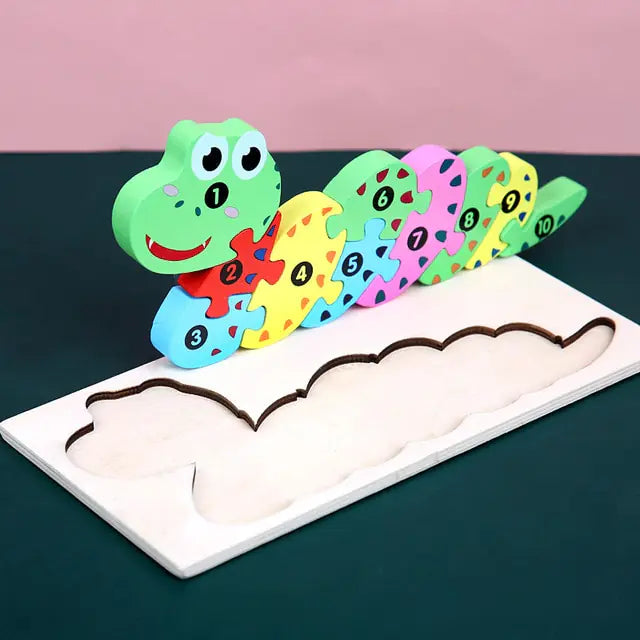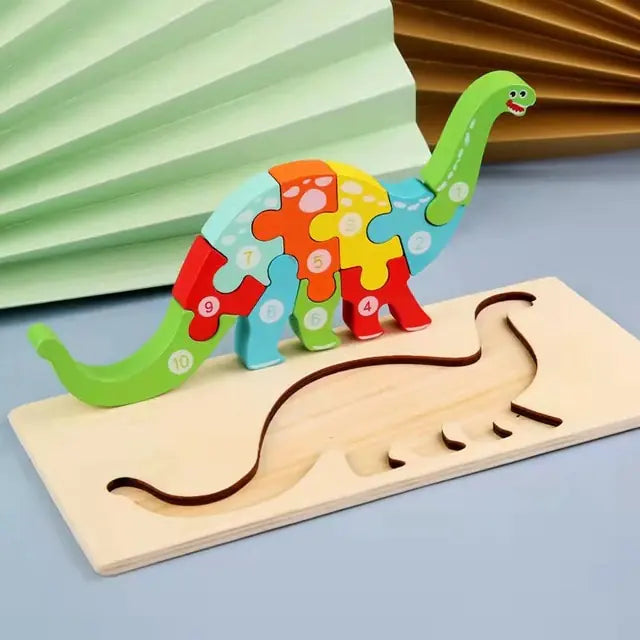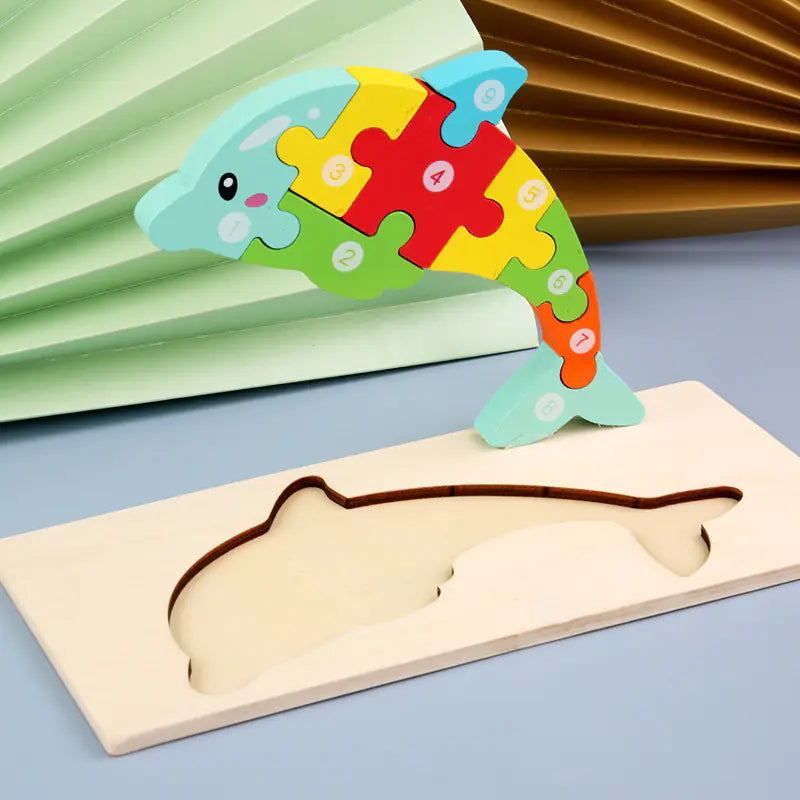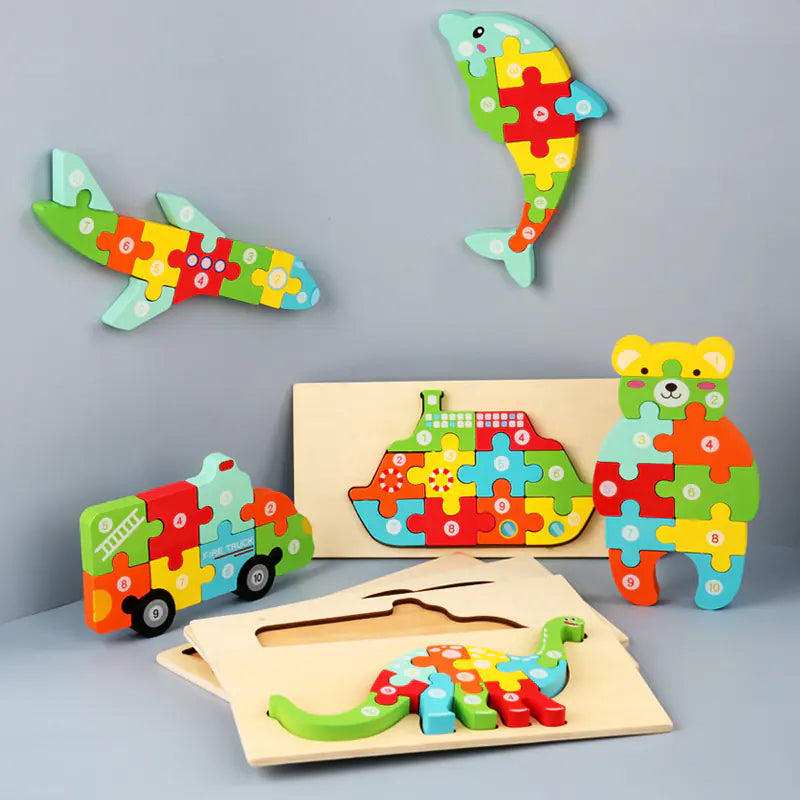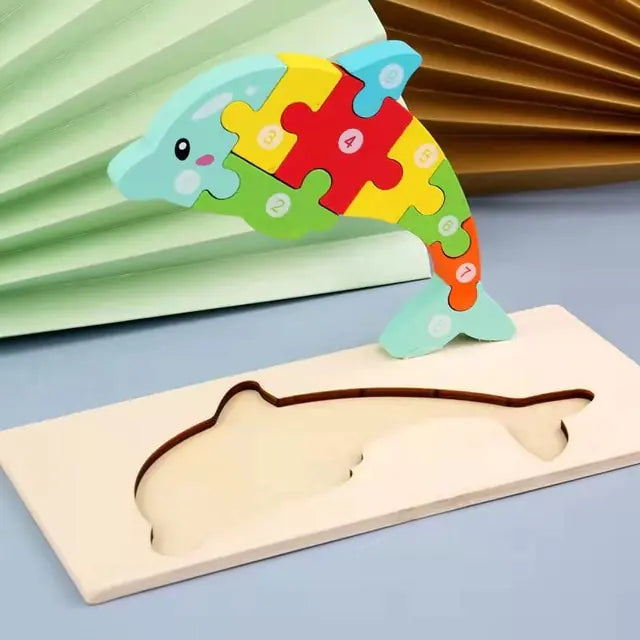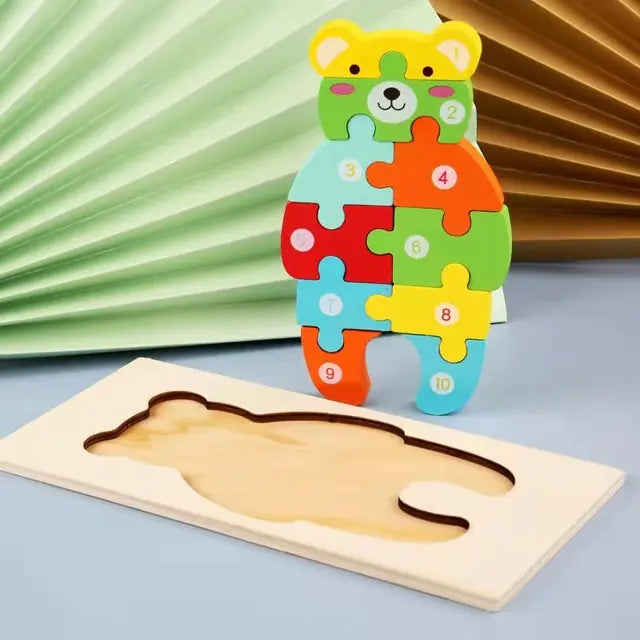Choosing the right educational toys can significantly enhance speech development in children. These toys make learning fun and provide essential opportunities for kids to build their vocabulary, improve social interaction, and boost their confidence in communication. In this article, we will explore the best educational toys that can aid speech development, categorized by their unique benefits and features.
Key Takeaways
- Educational toys are crucial for speech development, making learning interactive and enjoyable.
- Interactive books can significantly enhance a child's vocabulary and language skills through engaging storytelling techniques.
- Musical toys promote speech development by leveraging rhythm and rhyme, which are essential for phonetic learning.
- Construction toys like building blocks can aid language development by encouraging descriptive language and creative play.
- Role-playing toys foster creativity and language skills by allowing children to engage in imaginative play scenarios.
Why Educational Toys Matter for Speech Development

Building Vocabulary Through Play
Educational toys are fantastic tools for building vocabulary in a fun and engaging way. Children naturally expand their vocabulary When playing with toys that encourage them to name objects, describe actions, or follow instructions. This kind of play makes learning new words feel like an adventure rather than a chore.
Encouraging Social Interaction
Toys that require interaction, like board games or role-playing sets, are great for encouraging social skills. When children play together, they practice taking turns, sharing, and communicating their ideas. This social interaction is crucial for developing strong speech and language skills.
Boosting Confidence in Communication
Playing with educational toys can also boost a child's confidence in their communication abilities. When kids successfully use language to solve problems or tell stories during play, they gain a sense of accomplishment. This confidence can translate into better communication skills in everyday situations.
Investing in educational toys is not just about keeping kids entertained; it's about giving them the tools they need to succeed in communication and beyond.
Interactive Books: A Gateway to Language

Interactive books are a fantastic way to engage children in language learning. They combine the joy of reading with interactive elements that make the experience more engaging and educational. Books are always my number one go-to toy! When read together with your child, they really can be the all-purpose language learning tool.
Musical Toys That Promote Speech

Benefits of Rhythm and Rhyme
Musical toys are fantastic for speech development because they incorporate rhythm and rhyme, essential for language learning. Rhythm helps children understand the natural flow of speech, while rhyme makes it easier for them to remember new words. When kids play with musical toys, they are not just having fun but also building a strong foundation for their communication skills.
Top Musical Toys for Toddlers
Here are some of my favorite musical toys that can aid in speech development:
- Musical Instruments: Tambourines, maracas, and xylophones are great for toddlers. They encourage kids to explore different sounds and rhythms.
- Sing-Along Books: These books combine music and storytelling, making learning new words and phrases easier for children.
- Interactive Music Mats: These mats allow kids to create music by stepping on different sections, promoting physical activity and language skills.
Incorporating Music into Daily Routine
Incorporating music into your child's daily routine can be a game-changer for their speech development. Here are some tips:
- Morning Sing-Alongs: Start the day with a cheerful song to get your child in a good mood and ready to learn.
- Musical Storytime: Combine reading and music by singing parts of the story or using musical instruments to represent different characters.
- Bedtime Lullabies: End the day with a soothing lullaby to help your child wind down and reinforce the day's learning.
Musical toys are not just for fun; they are powerful tools that can significantly enhance your child's speech and language development.
Integrating musical toys into your child's playtime sets them up for success in their communication skills and overall learning experiences.
Building Blocks for Better Speech

Building blocks are more than just fun; they are a fantastic tool for language development. When kids play with blocks, they often use storytelling to describe what they are building and why. This helps them practice new vocabulary and sentence structures. Encouraging your child to narrate their play can significantly boost their language skills.
When choosing the best block sets for speech development, simplicity is key. Duplo blocks are a favorite because they are easy for toddlers to handle and come in various shapes and colors. Here are some top picks:
- Duplo Blocks: Great for toddlers, easy to handle, and colorful.
- Mega Bloks: Larger blocks that are perfect for little hands.
- Wooden Blocks: Classic and durable, these blocks can be used for years.
To make the most out of block play, try incorporating these creative ideas:
- Storytelling: Build a castle and create a story about who lives there.
- Following Directions: Give your child specific instructions on what to build.
- Role-Playing: Use blocks to create a small town and act out different scenarios.
Blocks spark creativity and imagination, making them an excellent choice for promoting speech and language development.
Role-Playing Toys and Imaginative Play

Role-playing toys are fantastic for sparking creativity and enhancing language skills in children. Children who engage in imaginative play create scenarios and dialogues that help them practice new words and sentence structures. This type of play is crucial for developing storytelling abilities and understanding social cues. Whether they're pretending to be chefs, doctors, or superheroes, the possibilities are endless, and so are the learning opportunities.
So many great role-playing sets are available that can make a big difference in your child's speech development. Here are a few favorites:
- Dollhouses: These are perfect for both boys and girls. Kids love to manipulate the dolls and compare them to their homes' spaces and rooms. Dollhouses help facilitate concepts like family roles, daily routines, and spatial awareness.
- Toy Food Sets: These sets are great for pretending to cook and serve meals. They encourage kids to use verbs like "cut," "cook," and "eat" and nouns like "apple," "carrot," and "plate."
- Animal Figures: Something about animals is super funny to kids. Maybe it’s all the strange sounds they make. Or perhaps they like to hear Mom and Dad trying to imitate those sounds! These toys are great for pretend play development and verb learning.
- Doctor Kits: These sets allow kids to role-play as doctors and nurses, which can help them learn medical terms and understand the importance of health and hygiene.
Encouraging imaginative play doesn't have to be complicated. Here are some tips to get you started:
- Join In: Sometimes, all it takes is for you to join in the fun. Participation can encourage your child to expand their play scenarios and use more complex language.
- Provide Props: Simple household items can become excellent props. A cardboard box can be a spaceship, a castle, or a grocery store.
- Ask Open-Ended Questions: Instead of yes/no questions, ask questions that require more elaborate answers. For example, "What is your doll doing today?" or "How does the superhero save the day?"
- Create a Dedicated Play Space: Having a specific area for imaginative play can help your child get into character and stay engaged.
Imaginative play is not just fun; it's a powerful tool for language development. By providing the right toys and engaging with your child, you can help them build a strong foundation for effective communication.
Puzzles and Problem-Solving Games

Puzzles are fantastic for building basic concept vocabulary. They teach part/whole relationships, category sorting, and answering questions. Additionally, puzzles foster problem-solving, spatial awareness, and cognitive reasoning. If your child struggles to complete a puzzle, let them ask for help before jumping in.
Choosing the right puzzle for your child's age is crucial. Here are some recommendations:
- Toddlers: Single-shape puzzles or animal puzzles.
- Preschoolers: Simple jigsaw puzzles with larger pieces.
- Older Kids: More complex puzzles with smaller pieces and intricate designs.
To make puzzle time more engaging, try these tips:
- Narrate the process: Talk about the shapes, colors, and images on the pieces.
- Ask questions: Encourage your child to describe what they see and predict where pieces might go.
- Celebrate success: Boost their confidence by celebrating when they complete a puzzle.
Puzzles are not just about fitting pieces together; they're about building a foundation for language and cognitive skills.
Art Supplies and Craft Kits

Art supplies and craft kits are fantastic tools for encouraging speech development in children. They offer a unique way for kids to express themselves, which is crucial for building their language skills.
Electronic Learning Toys

Electronic learning toys can be a fantastic addition to your child's playtime, offering fun and education. These toys often come with interactive features that can make learning new words and concepts more engaging for young minds. One of the top educational toys for speech development is the tablet explicitly designed for kids, which includes apps focused on language skills.
Outdoor Toys for Active Learning

Getting kids outside and moving is a fantastic way to boost their speech development. Active children love to play, and when you mix language learning with physical activity, it creates a meaningful learning opportunity. For instance, as you bounce on a ball, you can say "bounce" and add descriptive language like "high" or "fast."
Board Games for Family Fun and Learning

Board games are a fantastic way to bring the family together while promoting learning. They are revolutionizing family time: top educational board games for all ages. Enhance vocabulary, strategic thinking, and teamwork. Promote learning, fun, and family bonding.
Sensory Toys for Speech and Language

Sensory play is about engaging a child's senses—touch, sight, sound, smell, and taste—to help them explore and understand the world around them. It's a fantastic way to promote speech and language development because it encourages children to describe their experiences and feelings. For example, when playing with textured toys, kids might use words like "soft," "rough," or "bumpy," which helps build their vocabulary.
When it comes to choosing sensory toys, there are a few that stand out for their ability to promote speech and language skills:
- Textured Balls: These are great for tactile exploration and prompt kids to describe their feelings.
- Musical Instruments: Instruments like maracas or tambourines can help children learn rhythm and rhyme, which are crucial for language development.
- Water Tables encourage kids to talk about what they're doing, such as pouring, splashing, and mixing.
- Sensory Bins: Fill these with rice, beans, or sand to encourage descriptive language as kids dig and discover.
To make the most out of sensory toys, creating a sensory-friendly environment is crucial. Here are some tips:
- Designate a Sensory Space: Set up a specific area in your home where your child can engage in sensory play without distractions.
- Use Soft Lighting: Harsh lights can be overwhelming. Opt for soft, natural lighting to create a calming atmosphere.
- Incorporate Nature: Bring in elements like plants, water, and natural textures to make the space more inviting.
- Keep it Organized: Use bins and shelves to keep sensory toys organized and easily accessible.
Sensory play is not just fun; it's a powerful tool for helping children develop their speech and language skills. By incorporating sensory toys into your child's playtime, you're giving them the opportunity to explore, describe, and understand their world in a whole new way.
Discover the magic of sensory toys designed to enhance speech and language development in children. Our carefully curated selection offers engaging and educational experiences that stimulate communication skills. Visit our website to explore our range and find the perfect toy for your child's needs.
Alright, folks! We've journeyed through some of the best educational toys that can help boost your child's speech development. From interactive games to sensory toys, there's something out there for every little learner. Remember, the key is to make learning fun and engaging. So, whether you're a parent, caregiver, or educator, these toys can be fantastic tools to support your child's communication skills. Happy playing and learning!
Frequently Asked Questions
What are the best educational toys for speech development in children?
Some of the best educational toys for speech development include interactive books, musical toys, building blocks, role-playing sets, puzzles, art supplies, electronic learning toys, and sensory toys.
How do educational toys help in building vocabulary?
Educational toys encourage children to learn new words through play. Interactive books, for example, introduce new vocabulary in a fun and engaging way, while role-playing sets allow children to practice using new words in different contexts.
Can musical toys promote speech development?
Yes, musical toys can promote speech development by introducing rhythm and rhyme, essential for language learning. They also encourage children to sing along, which helps with pronunciation and vocabulary building.
What should I look for in interactive books for speech development?
When choosing interactive books, look for engaging storytelling techniques, colorful illustrations, and interactive features like flaps, buttons, and textures that encourage children to participate in the reading experience.
Are electronic learning toys beneficial for speech development?
Electronic learning toys can be beneficial for speech development if used in moderation. They often incorporate interactive elements that engage children and introduce new vocabulary. However, it's important to balance screen time with other forms of play.
How do building blocks aid in language development?
Building blocks aid in language development by encouraging creative play and problem-solving. Children often describe what they are building, which helps with vocabulary and sentence structure. Playing with blocks can also promote social interaction and communication skills.
What are some tips for encouraging imaginative play with role-playing toys?
To encourage imaginative play, provide a variety of role-playing toys such as kitchen sets, doctor kits, and costumes. Join in the play and model different scenarios, ask open-ended questions, and encourage your child to narrate their actions and stories.
How can outdoor toys contribute to speech development?
Outdoor toys contribute to speech development by promoting active play and social interaction. Activities like playing with a ball, exploring nature, or using outdoor playsets encourage children to communicate, describe their actions, and engage in conversations with peers.
